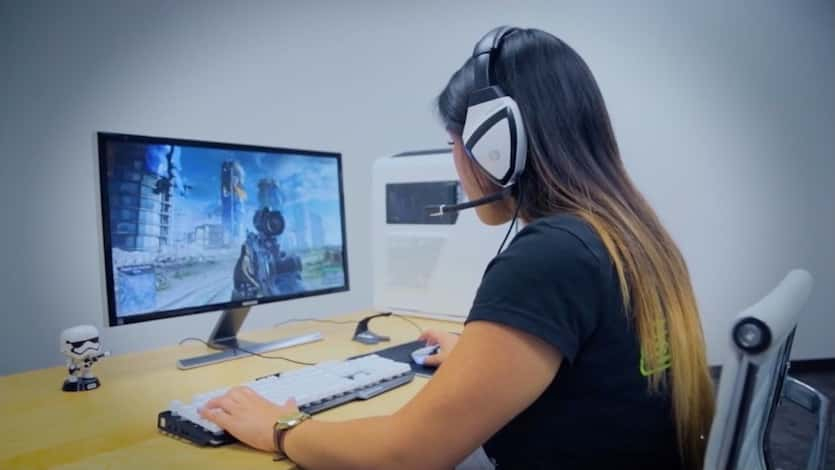In filmmaking, one of the biggest pieces of advice told to new filmmakers and film students is “show, don’t tell,” which could apply to the basic premise of creating a corporate video instead of relying on text on a Website or a few pictures. A video alone is not enough to satisfy the “show, don’t tell” requirement of marketing and video production, though. A corporate video full of talking heads, i.e. corporate executives speaking about the product or service, is not just boring, but hard to follow and retain the information. According to many studies, roughly 65% of the population are visual learners, so providing helpful visuals along with spoken commentary is essential to having an impact in the world of corporate video production.
In videos primarily driven by visuals with accompanying voiceover, you probably already have a great plan for what the visuals demonstrate and show. What about videos with extensive interview commentary, though? The first key to success for a video that is interview-driven is figuring out a list of questions that will be asked. From the list of questions, you already have a good idea what you will be discussing and therefore what visual aids would be helpful. If someone is describing a complicated process, a flow chart may be helpful. If someone is mentioning statistics, they should appear as text on the screen or to the side of the speaker. You can even plan to shoot certain segments with the speaker appearing on the left side of the frame to leave room on the right for text to go.
Besides graphical and text elements, you want to have strong B-roll of some sort in each video. If you’re presenting a new product, show people using and interacting with the product. Have someone demonstrating its features and ease of use. If the video is a business overview, show smiling employees, employees engaged in teamwork, employees greeting customers, or any other visuals that reinforce your company values and messaging. If around-the-office B-roll is too boring, you can always spruce up videos with stock footage, but keep in mind not to use too much. A video full of stock footage will look cheap, but using a few great shots will add production value at minimal cost and viewers won’t suspect it was stock footage.
The key is to have visuals and auditory elements working together, rather than seeming haphazardly thrown together. If someone is speaking about specific benefits of a product or service, viewers want to see them. If a company spokesperson is talking about customer service, don’t show shots of beautiful mountains or the whiteboard in the office. Show shots of customer interactions and smiling faces. Visuals should reinforce what people are hearing and cement the messaging that you’re trying to achieve in the video. Of course, showing people speaking and holding on their faces for a bit is perfectly fine, but you want to achieve a balance between too many talking heads and overwhelming visuals. A good general rule is to cut back to the person speaking at the start of their sentence or thought, then cut to visuals so the viewer knows who is speaking.
If you’re struggling to come up with ideas for visuals, look into your company’s brochures, flyers, and other marketing materials. Have you previously generated nice visual elements that would work in the video? If the video promotes an upcoming product or service, can you share any prototypes or designs? Your product or service must be addressing a need or problem for customers, so could you show people struggling with their existing solutions? Be creative in your visual storytelling goals, and enlist the help of a production company creative professional if you are stumped. Having produced countless previous videos, most production companies will have suggestions or ideas for visual content that can help elevate your corporate video.

